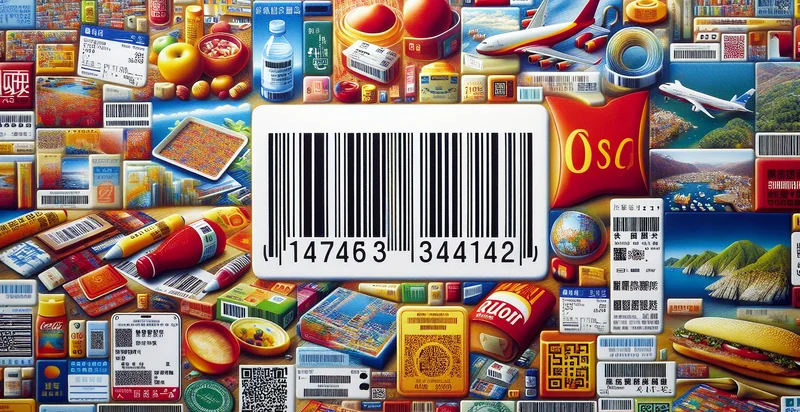Identify check visibility
using AI
Below is a free classifier to identify check visibility. Just upload your image, and our AI will predict how clearly an object is visible in the image. - in just seconds.

Contact us for API access
Or, use Nyckel to build highly-accurate custom classifiers in just minutes. No PhD required.
Get started
import nyckel
credentials = nyckel.Credentials("YOUR_CLIENT_ID", "YOUR_CLIENT_SECRET")
nyckel.invoke("check-visibility", "your_image_url", credentials)
fetch('https://www.nyckel.com/v1/functions/check-visibility/invoke', {
method: 'POST',
headers: {
'Authorization': 'Bearer ' + 'YOUR_BEARER_TOKEN',
'Content-Type': 'application/json',
},
body: JSON.stringify(
{"data": "your_image_url"}
)
})
.then(response => response.json())
.then(data => console.log(data));
curl -X POST \
-H "Content-Type: application/json" \
-H "Authorization: Bearer YOUR_BEARER_TOKEN" \
-d '{"data": "your_image_url"}' \
https://www.nyckel.com/v1/functions/check-visibility/invoke
How this classifier works
To start, upload your image. Our AI tool will then predict how clearly an object is visible in the image..
This pretrained image model uses a Nyckel-created dataset and has 5 labels, including Clear, Invisible, Obscured, Partially Clear and Unclear.
We'll also show a confidence score (the higher the number, the more confident the AI model is around how clearly an object is visible in the image.).
Whether you're just curious or building check visibility detection into your application, we hope our classifier proves helpful.
Related Classifiers
Need to identify check visibility at scale?
Get API or Zapier access to this classifier for free. It's perfect for:
- Quality Control in Manufacturing: The 'check visibility' identifier can be employed in manufacturing sectors to ensure that products meet visibility standards during production. By analyzing images of items on the production line, it can flag products that may not be visually appealing or have defects, ensuring only quality products proceed to packaging.
- Autonomous Vehicle Safety: In the context of self-driving cars, this function can evaluate the visibility of various road signs and hazards in real time. By classifying images indicating poor visibility conditions, vehicles can adjust their operations and alert drivers accordingly to enhance safety.
- E-commerce Product Display: E-commerce platforms can use this function to assess product images for proper visibility before they are displayed to customers. By ensuring that images meet visibility thresholds, businesses can enhance user experience and increase the likelihood of purchase.
- Security Surveillance: Security systems can utilize the 'check visibility' identifier to determine if surveillance camera footage is sufficiently clear. By flagging low visibility images, security personnel can ensure that critical incidents are captured and recognizable, thereby improving response times.
- Agricultural Monitoring: In agriculture, this identifier can analyze aerial images of crops for visibility issues caused by factors such as pests, diseases, or poor growing conditions. By identifying areas with visibility problems, farmers can take targeted actions to improve crop health and yield.
- Urban Planning and Development: City planners can leverage the 'check visibility' function to assess urban environments for visibility issues that may affect public safety or accessibility, such as obstructed road signs or inadequate street lighting. This analysis can inform decisions on urban design and infrastructure improvements.
- Marketing and Advertisement Analysis: Marketers can use this identifier to evaluate whether outdoor advertisements and billboards are adequately visible to drivers and pedestrians. By classifying the visibility of marketing assets, companies can optimize their advertising strategies and placements to maximize reach and effectiveness.


